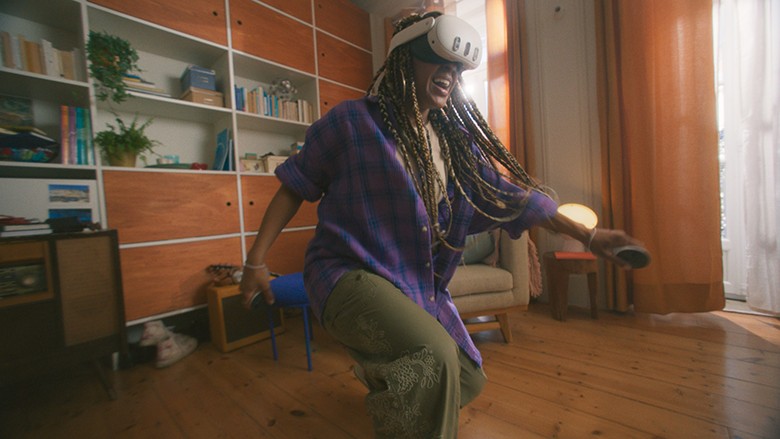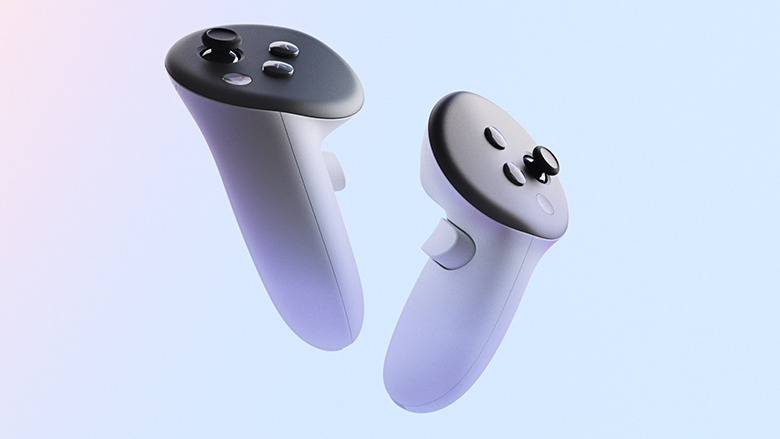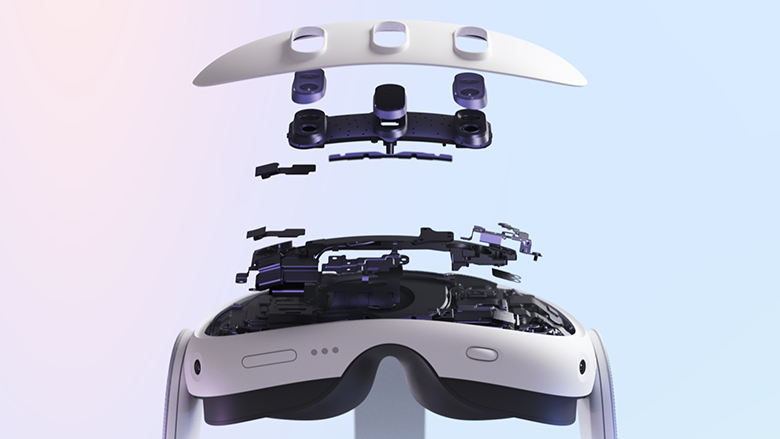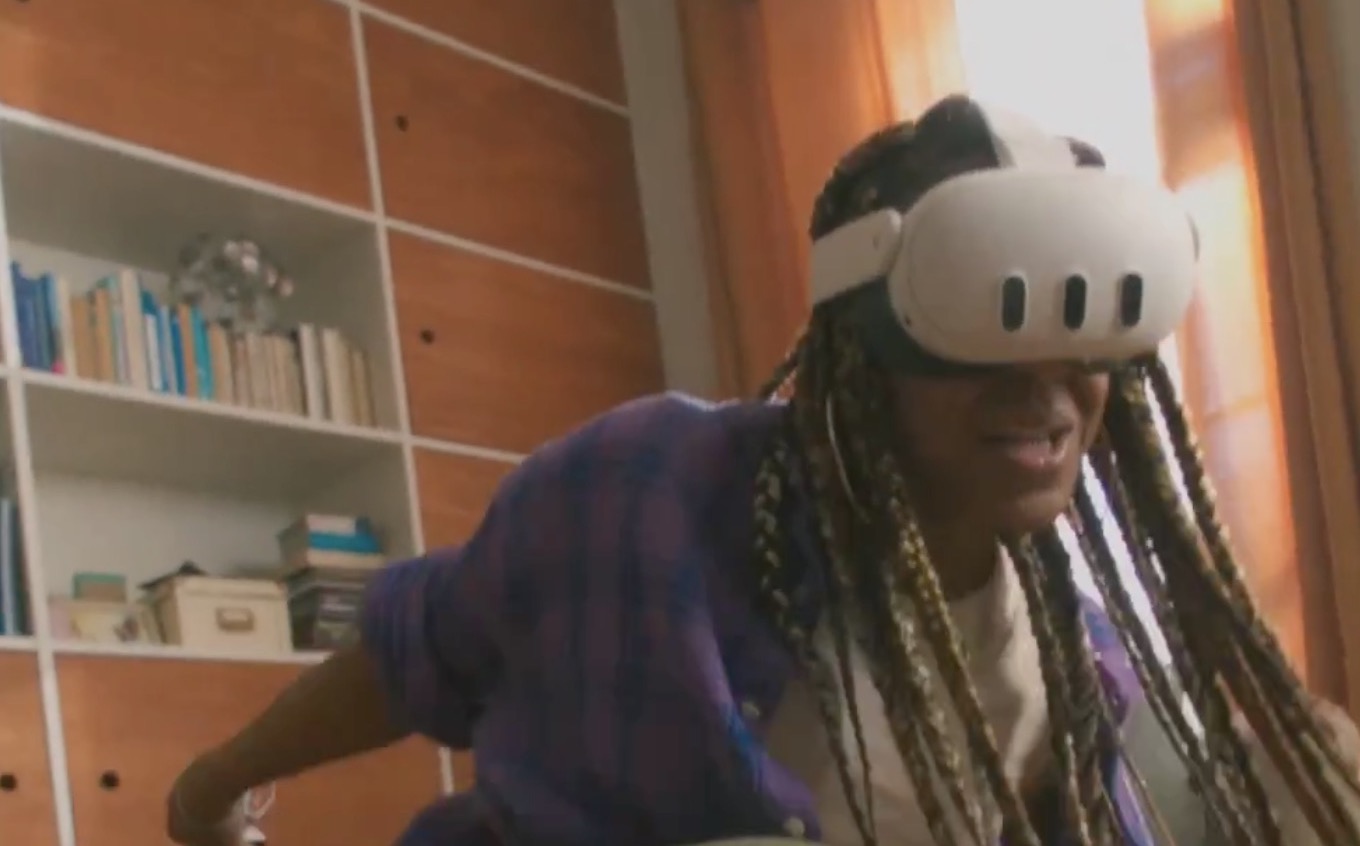
Meta’s $499 Quest 3 headset arrives this fall
Say hello to the second worst kept secret in VR. Meta today gave the world the first (official) glimpse of its latest headset, the Quest 3. The mixed reality hardware was shown off this morning ahead of showcase event featuring a slew of new gaming titles.
Priced at $499, the Quest 3 is $100 pricier than its 2020 predecessor (make that $200 with today’s price drop), causing some analysts to balk at the headset. Timing is everything, of course. Odds are that price tag will look more appealing come Monday, when Apple is expected to reveal its Reality Pro – the MR system its been cooking for at least seven years, which is expected to run around $3,000.

Image Credits: Meta
In an Instagram post, Mark Zuckerberg called the headset, “The first mainstream headset with high-res color mixed reality. 40% thinner and more comfortable.” The CEO added that the product features the latest Snapdragon, along with higher resolution displays and “2x GPU performance.” The precise details behind the new Qualcomm SoC are as of yet unknown. Meta promised the chipmaker will reveal more details “later this year.”
A video attached to the post also touts “full color passthrough” – a feature tied to the AR bit of the MR experience, using built in cameras to capture the world in front of the wearer, offering an experience akin to graphical images overlayed atop the real world. Passthrough has been a bit of a crapshoot with mixed reality devices. The experience tends to be lacking on cheaper ($499 being cheap in this relative equation) headsets.

Image Credits: Meta
In a blog post, Meta notes, “Now, Quest 3 is taking it a step further with dual 4MP RGB color cameras, a depth sensor for a more accurate representation of your play space, and 10x more pixels in Passthrough compared to Quest 2. Much of the hand tracking is accomplished here through revamped controllers with a “more streamlined and ergonomic form factor.” The company adds, “Thanks to our advances in tracking technology, we’ve dropped the outer tracking rings so the controllers feel like a more natural extension of your hands and take up less space.” They also feature the same “TruTouch” haptics found on the company’s Quest Pro.
It’s easy to read much of the post as digs at Apple’s forthcoming headset. “Mainstream” is certainly a key word, anticipating a potential $2,500 price gap between the two systems. Though Apple’s offering is likely to be positioned as a closer competitor to the high-end Meta Quest Pro, which starts at $1,000 or the $3,300 Magic Leap 2. Though those systems also feature enterprise offerings, and Apple’s entry is likely to be consumer focused.

Image Credits: Meta
The system is compatible with the Quest 2’s content library, which currently includes more than 500 titles — it’s an extremely healthy head start on Apple. Monday’s Reality Pro announcement is expected to be aimed at developers specifically (it is the Worldwide Developers Conference, after all), giving them time to create and adapt experiences for a system that’s likely to arrive close to the end of the year.
“Ultimately, our vision is to enable you to move through all realities in a way that’s intuitive and delightful,” says Meta’s VP of VRR, Mark Rabkin, said in a prepared statement, “going beyond the rigid classifications of ‘virtual reality’ and ‘mixed reality’ to deliver truly next-gen experiences that let you effortlessly blend the physical and virtual worlds. Meta Reality gives you both the deep, immersive magic of VR and the freedom and delight of making your physical world more fun and useful with MR. We’re excited to see what developers and creators can build on the Quest Platform when the possibilities are limitless.”
Along with a $100 price drop, the Quest 2 is also getting a refresh. Says Meta,
In an upcoming software update, we’re updating the Quest 2 and Quest Pro GPU and CPU. Quest 2 and Pro will see an up-to 26% CPU performance increase with an up-to 19% GPU speed increase for Quest 2 and 11% for Quest Pro.
Zuckerberg promised additional information about the Quest 3 at Meta’s September 27 Connect conference — certainly that lines up with the fall timeline.

